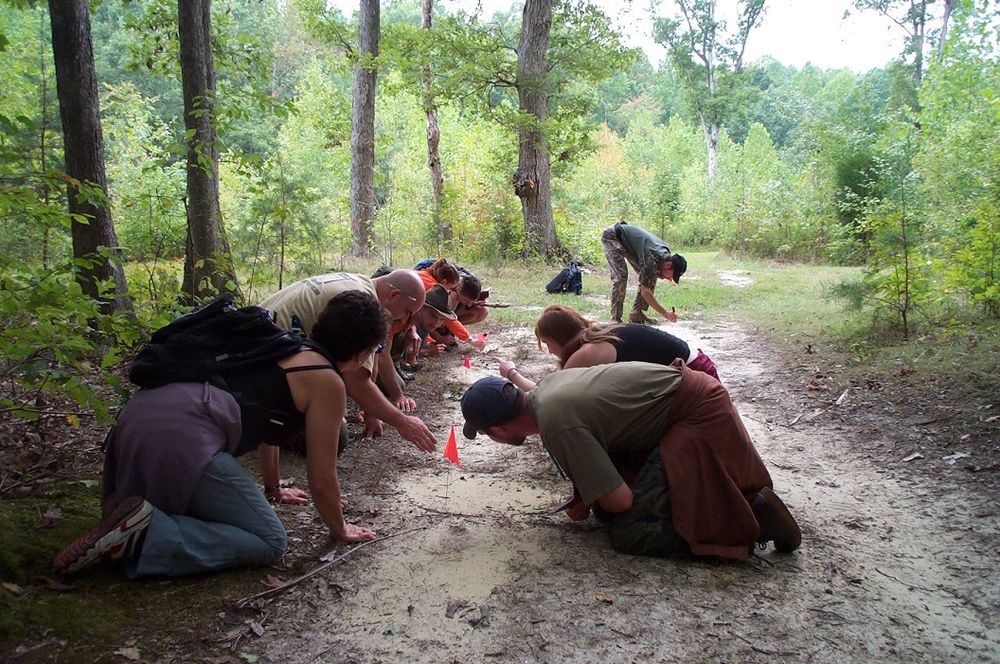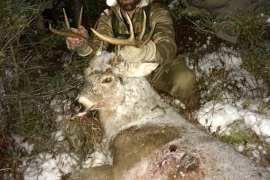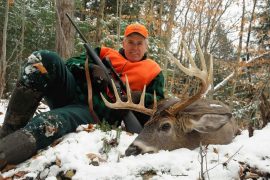Tracking isn’t just the search for clear footprints. There are many more traces that animals leave behind. The search for these other indicators is called sign tracking, and it can be used in almost any environment. This method of tracking involves the signs, marks, disturbances, and leavings of an animal. Trails, beds, rubs, and chews can give a general idea of the species that are present. Hairs, feathers, and droppings can tell us exactly which animals are nearby. It’s important to learn to track by looking for these common animal signs, because in some terrains—it’s all you’ll have.
1. Look for Trails and Runs
These signs are equivalent to the highways and side roads that animals use to go between feeding areas, bedding areas, cover and water sources. Some trails are used by many different species, while runs are typically used by just a few animals or even just one species. In trails, you may see a few different tracks and pushed down vegetation. For trails, you’ll often find that they are worn down to bare dirt or rock, and filled with a variety of tracks. Since trails are the superhighway of the wild, they are heavily used and they rarely change. Trails are usually not a great place to set traps, since larger animals may just knock them down. Runs are better suited for trap placement.

2. Find a Bed
For the animals that don’t make nests (like deer), they will often bed down in fields and thickets. Some beds are used only once, and they can be seen as an oval depression in the vegetation. More frequently used beds may show a greater disturbance. Some animals will only make beds in thick vegetation…





